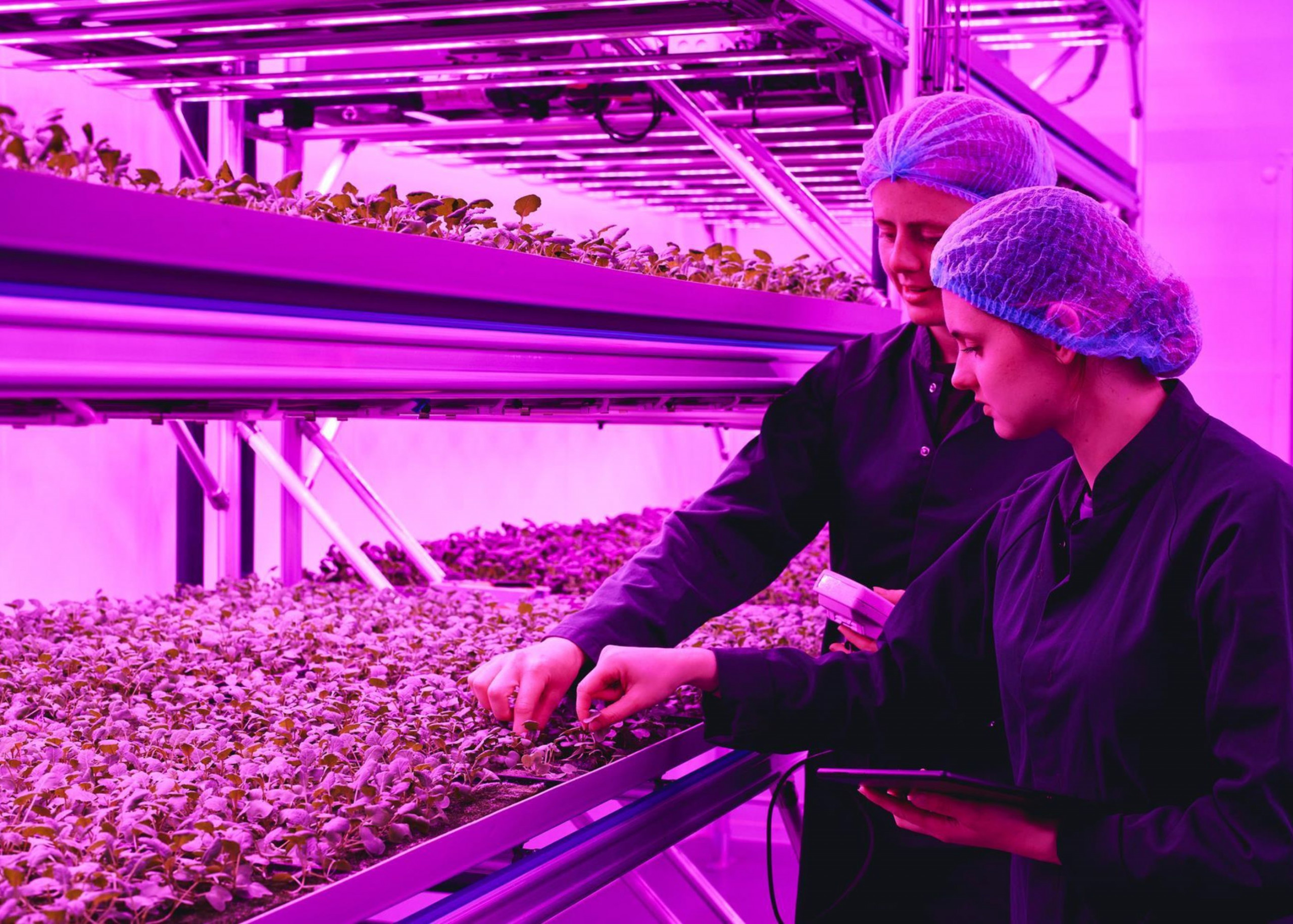News in brief:
– Food price inflation remains above 5% in many low- and middle-income countries, significantly impacting both farmers and consumers.
– Urgent humanitarian assistance is needed to address escalating food insecurity in 18 critical global hotspots.
According to a recent World Bank report, global food price inflation continues to weigh heavily on many low- and middle-income countries, creating significant challenges for both farmers and consumers. With inflation rates exceeding 5% in numerous regions, the economic strain is undeniable.
The release reveals that food price inflation surpasses 5% in:
- 59.1% of low-income countries.
- 63% of lower-middle-income countries.
- 36% of upper-middle-income countries.
- 10.9% of high-income countries.
This persistent spike means that the cost of food is rising faster than other goods, disproportionately affecting low-income households.
Agricultural market trends
Since its last food security update on 30 May 2024, there have been notable changes in agricultural, cereal, and export price indices:
- The agricultural price index fell by 8%.
- The cereal price index dropped by 10%.
- The export price index decreased by 9%.
The decline in these indices is driven by significant drops in key commodity prices:
- Cocoa prices plummeted by 16%.
- Cotton prices fell by 11%.
- Maize prices closed 8% lower.
- Wheat prices dropped by a substantial 23%.
- Rice prices remained unchanged.
Comparing year-on-year and long-term price changes reveals mixed trends:
- Maize prices are down 28% year-on-year but 10% higher than in January 2020.
- Wheat prices have increased by 8% year-on-year but are 5% lower than in January 2020.
- Rice prices have surged by 18% year-on-year and are up 46% since January 2020.
These fluctuations impact farmers and consumers differently. Lower prices for crops like maize can reduce farmers’ income, while higher rice prices can increase consumer costs.
Impact on Nigerian farmers and consumers
For Nigerian farmers, these trends present a complex landscape:
- Maize: While the recent price drop may relieve consumers, it poses challenges for farmers who rely on maize as a cash crop.
- Wheat: Increased prices could benefit local wheat farmers but burden consumers who depend on wheat-based products.
- Rice: The significant rise in rice prices underscores the need for strategic planning to ensure affordability and food security.
The ongoing high food price inflation and global food insecurity highlight the urgent need for coordinated efforts to support farmers and ensure a stable food supply. Proactive measures are essential to navigate these challenges, increase resilience, and sustain livelihoods.



